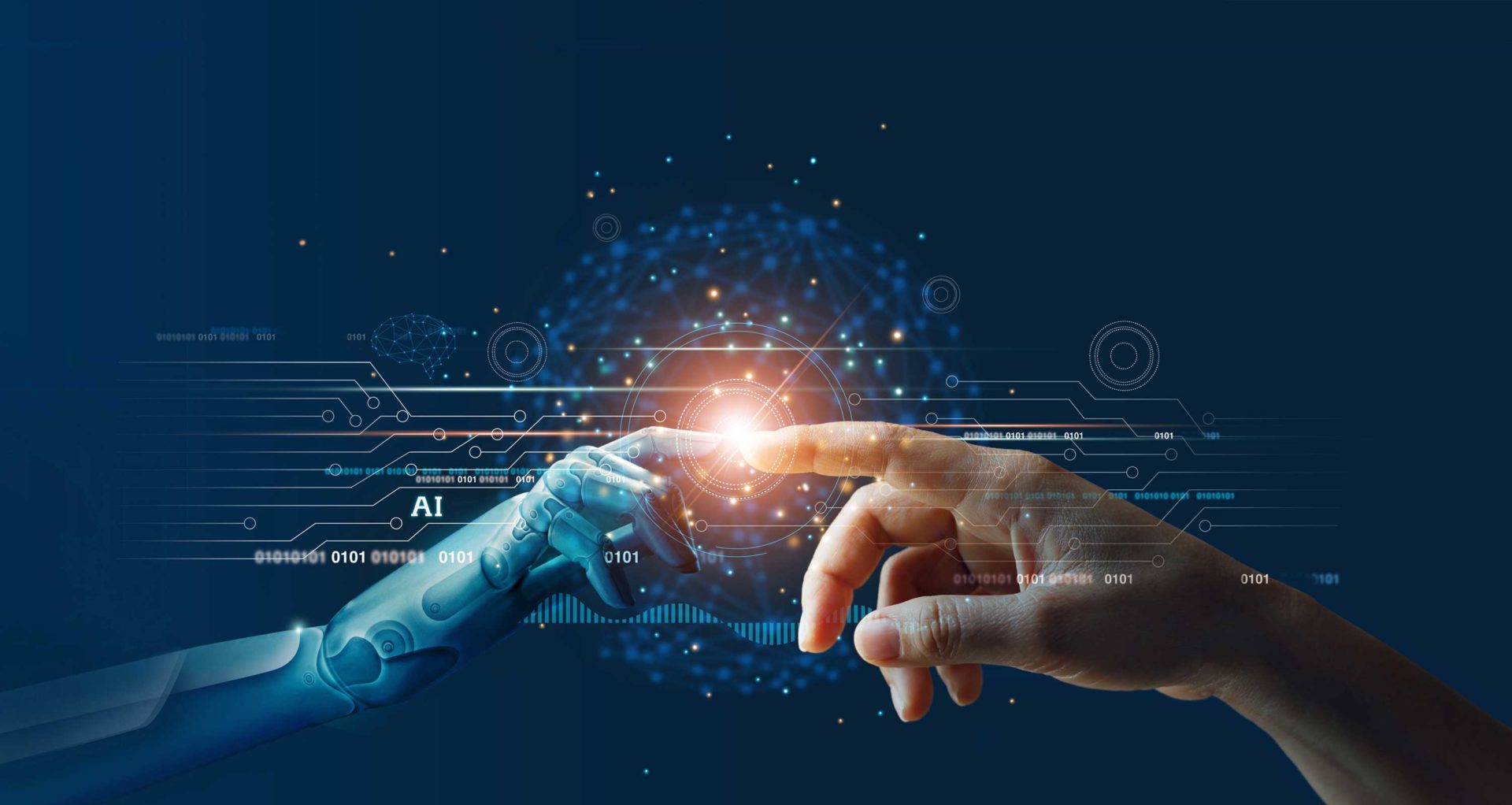AI-Enhanced Cyber Threats: The Escalation Continues
In the ever-evolving landscape of cybersecurity, AI-enhanced attacks have emerged as the foremost threat, alarming 80% of senior executives according to a recent survey by Gartner. This marks the third consecutive quarter in which these attacks have been identified as the primary concern for enterprises, highlighting the urgency for organizations to bolster their defenses against increasingly sophisticated cyber threats.
 Growing concerns over AI-driven cyber threats
Growing concerns over AI-driven cyber threats
The Expanding Use of AI in Cyber Attacks
The scope of AI’s role in malicious activities has been alarming. For instance, a report from HP highlights a malware campaign that effectively utilized Generative AI to craft a remarkably structured VBScript, demonstrating how adversaries are leveraging advanced technology to enhance their cyber operations. This alarming trend has been confirmed by security experts, who estimate that nearly 40% of business email compromise attacks detected in the second quarter originated from AI technologies. Retail sites were especially hard hit, facing an average of 569,884 AI-assisted attacks daily during the peak months.
Another eye-opening statistic is revealed by BugCrowd, showing that trust is shifting within the hacking community, with ethical hackers increasingly employing Generative AI — rising from 64% to 77% over the past year.
Accessibility of AI: A Double-Edged Sword
The rising trend of AI-driven cyber attacks can be traced back to the technology’s ability to simplify complex tasks related to cyber crimes. As AI systems become more user-friendly, both skilled and unskilled criminals can exploit them to create deepfakes, automate network reconnaissance, and identify vulnerabilities. Security analysis from Radware has predicted that this accessibility will give rise to private models designed for malicious purposes.
Consequently, cybersecurity firm Mandiant has reported tracking a staggering 97 zero-day vulnerabilities exploited throughout 2023, a significant increase of 56% from the previous year. Microsoft has identified deepfakes as one of the major attack vectors employed by ransomware gangs that are proliferating across the internet.
“The implications of AI in cyber vulnerability are profound, and organizations must prioritize awareness and preparedness.”
Supply Chain Attacks: A Growing Concern
Alongside the threats posed by AI, an emerging worry for executives is the reliance on IT vendors. Gartner’s recent findings show that IT vendor security is now a top concern, with projections indicating that 45% of global businesses will face attacks on their software supply chains by 2025. The interdependence on technology without adequate security measures only magnifies the risks involved. As cyber threats continue to evolve, businesses must be wary of not only external factors but also the vulnerabilities that may exist within their supply chains.

The importance of robust cybersecurity measures
Conclusion: A Call to Action
The alarming statistics highlighted by Gartner and corroborated by many security firms serve as a wake-up call for businesses across the globe. As AI continues to enhance malicious capabilities, organizations must invest in stronger cybersecurity frameworks, greater employee awareness, and innovative technological solutions to mitigate these emerging risks. The time to act is now; the stakes are higher than ever, and the cost of complacency could prove catastrophic.
In the age of AI, the game has changed, and so must our approach in safeguarding against these evolving threats.












